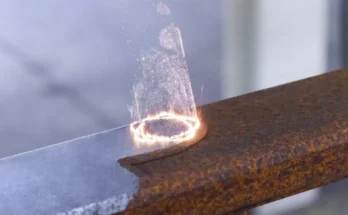Home renovation helps boost comfort, property value, and functionality. However, home renovation demands hefty costs. Irrespective of the area of the house that requires modification, be it a kitchen, bathroom, or home’s exterior, the decision of picking the suitable financing option is a critical one.
Savings seem like the easiest way to fulfill renovation requirements, but it may not always be the most brilliant move. Instead, exploring borrowing options might help you fund your renovations without burdening your bank account. In this article below, we have mentioned the best options to finance home renovations and some other options as well. So, keep reading to learn more about how to finance home renovations without draining your savings.
- Exploring Smart Financing Options for Renovations
Instead of consuming your entire savings, other financing options allow you to borrow money and also keep your savings intact. The available options, including loans, home improvement loans, credit cards, and a home equity line of credit (HELOC) by Amerisave, offer diverse advantages based on your financial situation. Moreover, opting for a suitable financing option also relies on multiple factors, such as interest rate, payback structure, and the extent of your renovation project.
Why is a Home Equity Line of Credit (HELOC) a Great Option?
HELOC is considered to be one of the most reliable and effective methods of financing home renovation projects. This is due to the flexibility offered by HELOC, which allows homeowners to borrow money against their share of equity in the home. Therefore, it is a cost-effective yet flexible method compared to other modes of loans, such as personal loans and credit cards.
Benefits of Using a HELOC for Home Renovations
Firstly, a home equity line of credit is an ideal financing option that offers homeowners funds on a needs basis for ongoing or phased renovations. Secondly, such financing options come with lower interest rates than other unsecured loans. The interest rate is lower as the loan is backed by home equity.
Thirdly, HELOCs allow a flexible repayment structure that allows interest to be paid only on the amount that is being used. Furthermore, in some instances, the interest paid on borrowed amounts is tax deductible, mainly when the funds are being used for home improvements.
Alternative Funding Options
For those who do not find HELOC the suitable option for financing their home renovation needs, they can opt for other available options such as:
- Home Improvement Loans: They offer fixed interest rates with structured repayment plans.
- Personal Loans: These loans provide immediate access to cash without backing it by home equity.
- Credit Cards: These loans are handy for smaller projects, but they have higher interest rates, which is a drawback for large renovation projects.
Making the Right Financing Choice
Before making a final financing decision, you must analyze your budget, repayment capabilities, and project size. A HELOC can be a perfect option for those who wish for a flexible option and have a potential home equity share.
On the other hand, a home improvement loan is a better fit if you require a structured repayment plan with fixed monthly installment options. No matter what option you choose, thorough planning will ensure that the home renovation project increases your space without straining your finances.




